The key to chiller refrigeration is not only the addition of refrigerant such as refrigerant, but also the controller equipped on the chiller.
The controller of an industrial chiller is a device used to manage and control the operation of industrial chillers. Its main function is to monitor, adjust and maintain the operating parameters of the chiller to ensure efficient operation and stable performance of the system. The chiller controller is usually connected to various components and parts of the chiller to achieve intelligent control of the system through sensors, control valves and electrical components.
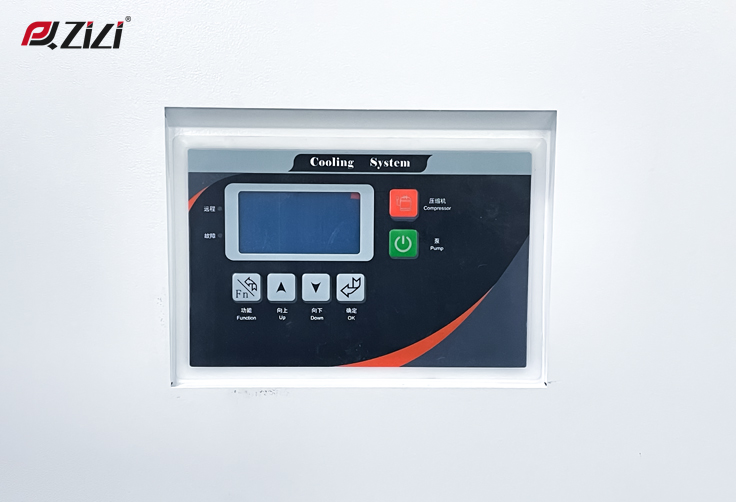
Here are some common functions and features of chiller controllers:
Temperature control: The chiller controller monitors the temperature of the cooling water or coolant and controls the operation of the chiller according to the set temperature range. It can ensure stable cooling effect under different working conditions.
Pressure Control: The controller monitors the pressure inside the chiller to ensure it is operating within normal limits. This helps prevent problems caused by over or under pressure in the system.
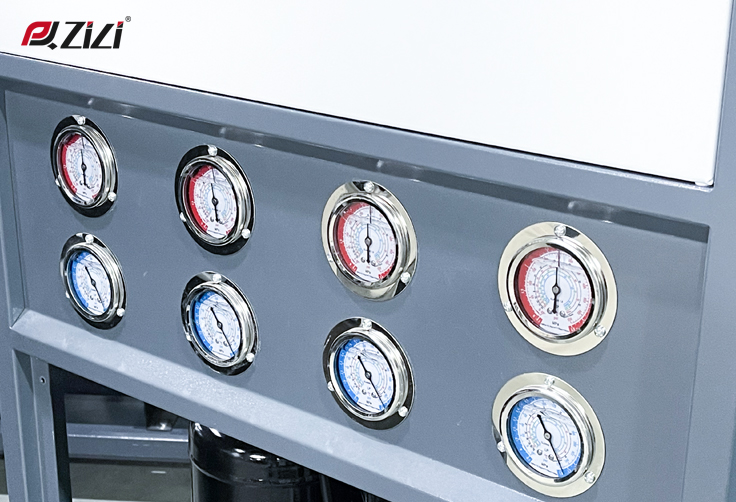
Refrigerant control: The chiller controller can monitor and adjust the pressure and temperature of the refrigerant to ensure that it is in safe and efficient working condition.
Start-stop control: Pengqiang controller can automatically start and stop the chiller as needed to save energy and meet actual cooling needs.
Alarm and fault diagnosis: The chiller controller can monitor system abnormalities and issue alarms. The chiller controller produced by Pengqiang also has a fault diagnosis function, which can help maintenance personnel quickly locate and solve problems.
Remote monitoring and control: Some chiller controllers support remote monitoring and control capabilities, allowing operators to remotely access system status via the Internet or network connection and make necessary adjustments.
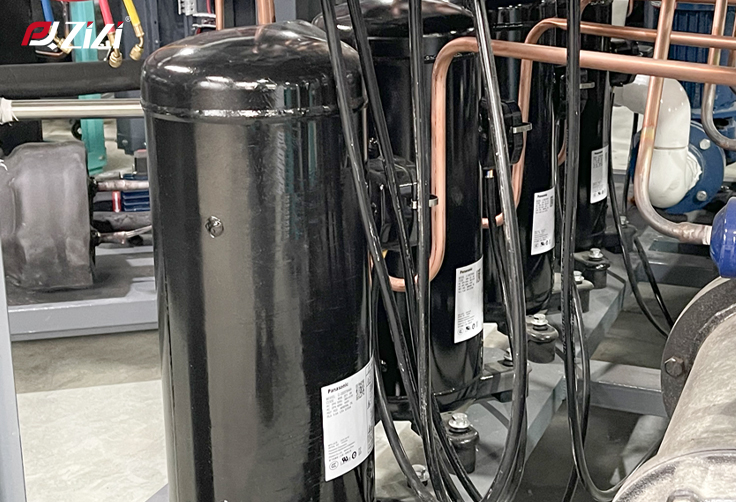
The specific functions of the chiller controller will vary depending on the type of customized chiller. Using a chiller controller can help improve the efficiency, stability and reliability of the system while reducing energy consumption and maintenance costs.
The maintenance of chiller controllers is crucial to ensure the normal operation of the system and extend the life of the equipment. Here are some common chiller controller maintenance methods:
Regular cleaning: The controller surface and surrounding environment should be kept clean. Use a dry, soft cloth or air pressure blower to remove dust, dirt, and debris before they get inside the controller.
Check the power supply: Regularly check the controller's power connection to ensure that the power supply voltage is stable, the cable is not damaged, and the plug and socket are well connected. This helps prevent controller failure due to power issues.
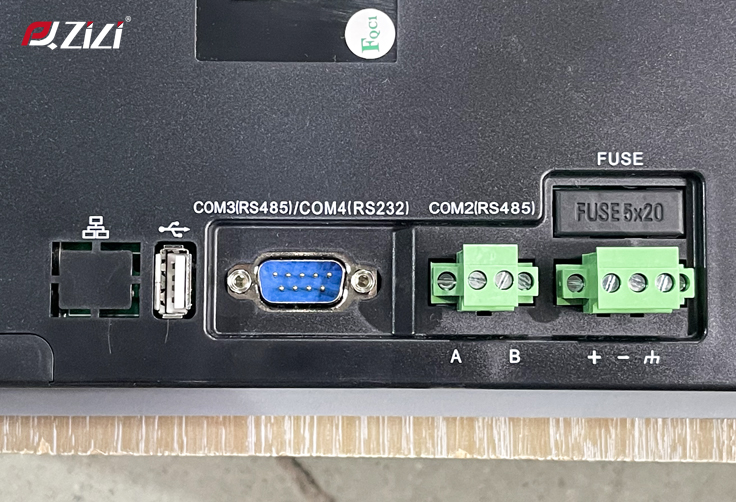
Check connections and cables: Regularly check all connections and cables to the controller to make sure connections are tight and cables are intact. Loose connections and damaged cables can cause signal transmission problems and system failure.
Calibrate sensors: If the controller uses sensors to measure parameters such as temperature and pressure, calibrate the sensors regularly to ensure their accuracy and reliability. Inaccurate sensors can cause system control errors.
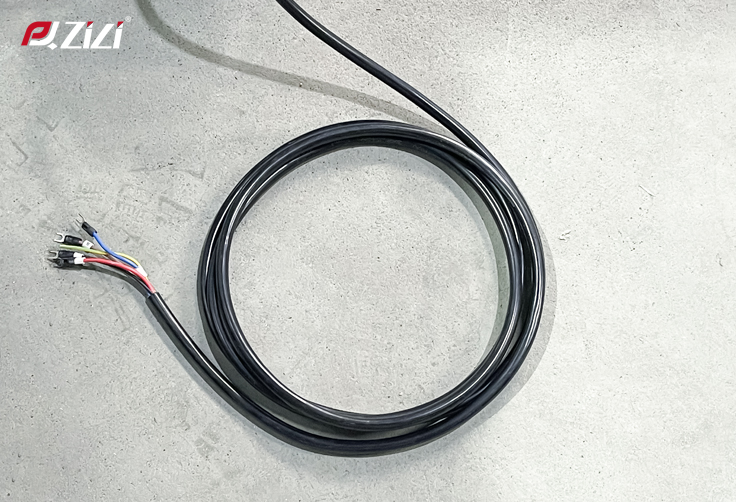
System Testing: Perform regular system testing to ensure the controller responds properly to different workloads and conditions. During testing, various faults and emergency situations can be simulated to ensure that the controller can respond correctly.
Lightning protection measures: If there is a risk of lightning in the work environment, consider installing lightning protection equipment to protect the chiller controller from lightning strikes.
Fault recording and analysis: System faults and exceptions can be recorded for future maintenance and troubleshooting. Conduct regular fault analysis to identify the root cause of the problem and take appropriate measures.
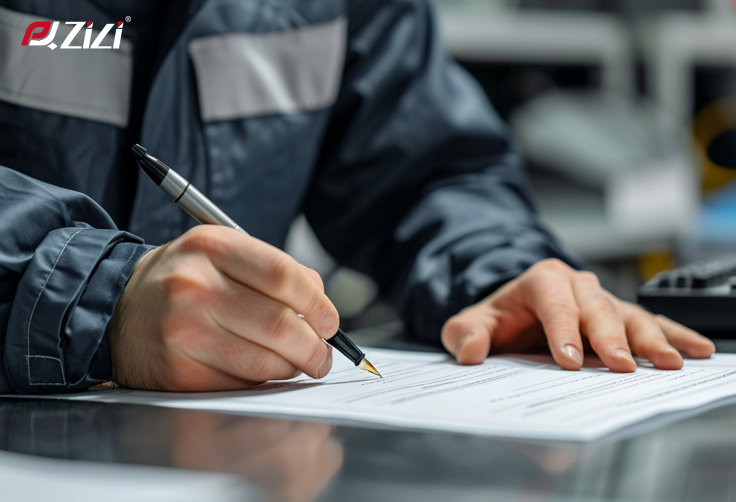
Maintenance operations should be performed according to the specific chiller controller model and manufacturer's recommendations, and follow the relevant user manual and maintenance manual.